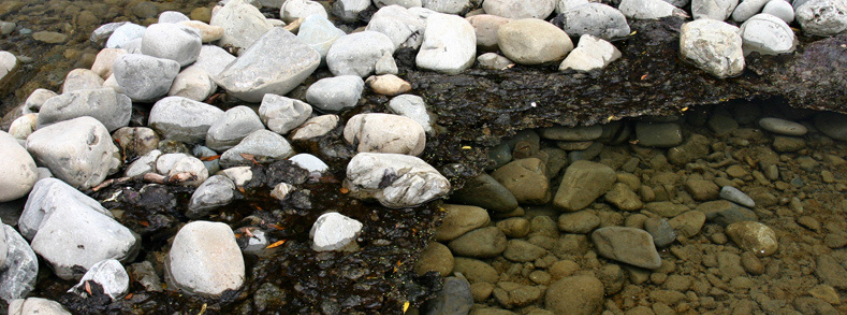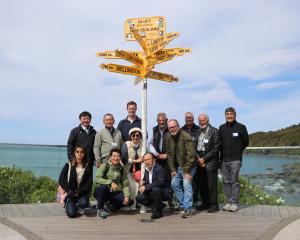
Environment Southland advised this morning that latest monitoring had shown elevated levels of the algae in river near the Excelsior Creek inflow.
Algae naturally occur in waterways and can flourish during fine conditions and stable river flows. Most algae are harmless, it said, but some species could produce toxins and rapidly bloom to high levels.
Toxic algae is commonly identified in waterways as a dark green/brown slime on rocks, or dark brown/black mats at the water’s edge.
Environment Southland senior scientist Katie Blakemore said water users should be vigilant and avoid contact with the algae.
“Similar algae growth may be occurring in other waterways in the area," she said.
“These algae can produce toxins that are harmful to people and animals if swallowed, or through contact with skin. People should keep dogs on a lead and children away from affected areas. Be mindful of the potential health risks, until health warnings are removed.”

People experiencing health symptoms after contact with contaminated water should visit a doctor immediately. If you are concerned that any animals have consumed toxic algae or contaminated water, they should be taken to a vet immediately.
“We monitor toxic algae monthly during the year at a number of rivers and lakes sites across Southland. Toxic algae are more likely to occur in summer, but it can happen at any time of the year," Blakemore said.
Meanwhile, a toxic algae alert remains for Waihopai River at Kennington, according to Environment Southland's toxic alerts website.











